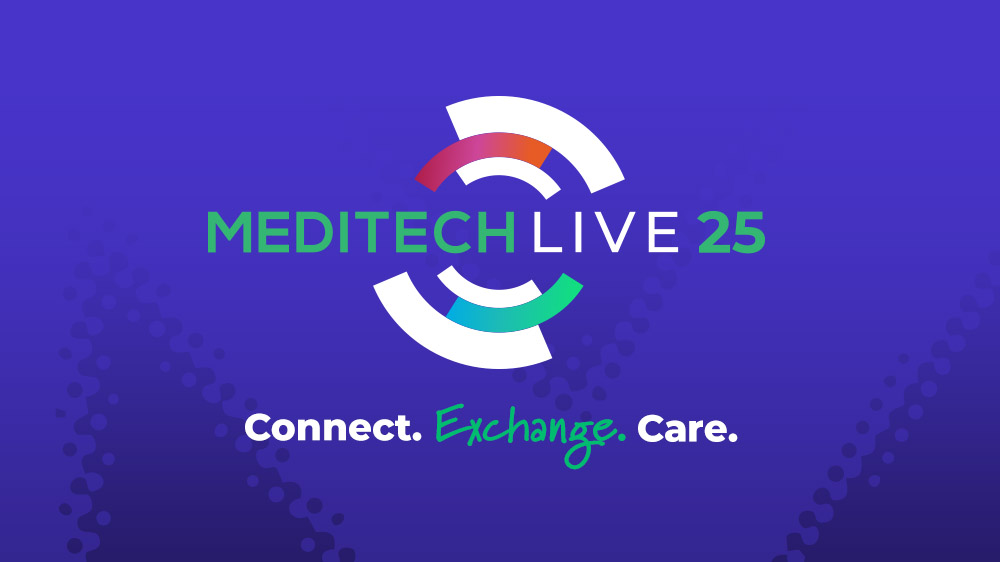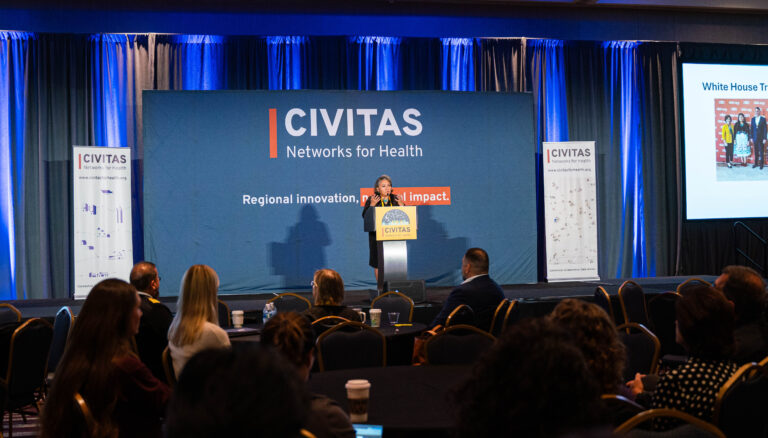The biggest effect of installing or upgrading an EHR system may not be on the clinical or business sides, but on the revenue side.
Interruption of cash flow is understandable with any change to business processes that support the revenue cycle. However, implementing an EHR can be particularly disruptive, according to Patrick McDermott, the former system vice president for revenue cycle at Presence Health in Chicago. He went live with his first EHR at that organization in 2011. McDermott, who currently serves as senior vice president of revenue cycle for California’s Sutter Health, spoke at this year’s Healthcare Financial Management Association’s Annual National Institute conference.
“When we went live with our first EHR, we had zero experience [at Presence Health],” McDermott said. In fact, few healthcare providers around the country had experience with EHRs at the time.
Over the course of several years, Presence Health rolled out EHRs throughout its 12-hospital system in Illinois in six separate go-lives. “It was six consecutive marathons,” said McDermott. He offered six best practices to minimize the effect of an EHR implementation on revenue. The secret to successfully implementing an EHR is not in the design and build stages, but in the pre-planning and post-go-live follow up.
Pre-planning an EHR roll-out
1. Establish a central command set-up. “If you’re highly centralized, you’re in a good position,” McDermott said. “But if not, think of it as an opportunity to get into a SWAT team mode, to work more closely with these departments that don’t fall under [a central] control or influence, and to get better future results.”
Presence Health learned this the hard way. At the outset of its EHR project, the health information management (HIM) department was independent from both the clinical and revenue cycle departments. The scale of the project and its wide-ranging effects at times created friction between the HIM, clinical and revenue cycle teams and the clinical departments.
2. Seize the opportunity for standardization. Implementing an EHR system presents such a dramatic departure from past business processes that providers should take it as an opportunity to standardize systems and workflows, as well as eliminate legacy systems when feasible.
3. Mitigate for revenue dips. “You have to set the expectation that there is going to be a short-term decline in revenue performance,” McDermott said. For 30 days after his first go-live, Presence Health’s cash flow dropped by 25%, he said.
The objective is to make that drop in revenue as shallow as possible, return to normalcy rapidly and to make each subsequent go-live better from a revenue perspective than the previous, he said.
4. Keep an eye on state and federal policy changes. During McDermott’s first implementation, the state of Illinois decided to delay Medicaid payments to providers from 30 days to 180 days. “It was a compound fracture,” McDermott said. The 25% drop in cash flow from the EHR implementation, combined with the delay in Medicaid reimbursements, exacerbated revenue collection problems.
In 2015, providers must deal with the switch to ICD-10 and recent changes to Section 501(r) of the IRS code. “These are interlocking strategies with EHR,” he said. For example, with ICD-10, “if you don’t document, you can’t code it,” says McDermott. “Clinical documentation and coding have to be on the same team.”
Post go-live steps
5. Meet and meet often. “During the first 30 days after go-live, we met every single day, all the department heads,” McDermott said. The team reviewed financial results of the previous day compared to other months and verified that figures were correct or on target.


































